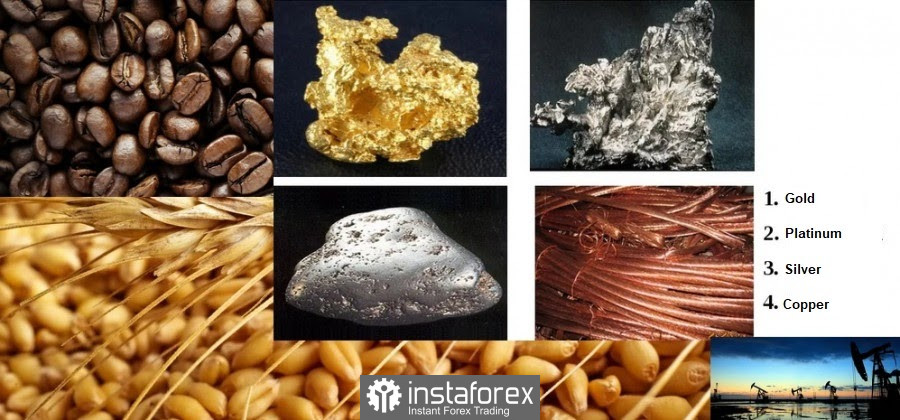
November has finally arrived, and the initial setup for the first week will be a difficult task, especially for the gold market. Inflation is a sharp obstacle for precious metals because it forces Central banks to take a more aggressive stance on interest rates.

An example of this is the Bank of Canada, which has already announced the complete termination of its bond purchase program. It is also planning to raise rates by the middle of next year. The Bank of Canada also said that inflation is a growing concern.
Gold, valued in Canadian dollars, dropped by about 1% after such an announcement. Now it's time for the main event. The expected change in the US monetary policy has become a stumbling block for gold, keeping prices below $1,800 per ounce.

The Fed's monetary policy meeting will be held this week. It is going to reduce asset purchases by $15 billion every month, gradually reducing them to zero by June, just when the moment comes to raise interest rates. In addition, the latest vacancy data will be released on Friday. Having disappointing figures for the last two months in a row, it is possible to expect an outstanding number again.
A lot of analysts point out that although inflation is rising, government debt is also rising.
Thorsten Polleit, Degussa's Chief Economist, recently reported that the US economy cannot afford higher interest rates on growing debt. Moreover, he warned that raising the interest rate for the global economic and financial system would be tantamount to an earthquake. He also added that rising inflation continues to drive down real interest rates, which is a favorable environment for gold. But for now, it is necessary to wait for the Fed meeting this week.
It is important to have real assets in an investor's portfolio other than gold and silver due to the type of inflation that is currently happening. In this case, it is possible to look at copper, platinum, crude oil, wheat, cotton, and coffee.
As for investments in platinum, the current shortage of chips has forced automakers to temporarily reduce production. However, once they eliminate the barrier, automakers will replenish their stocks.
There is a possibility that by the end of 2022, platinum will cost $ 1,250.






















